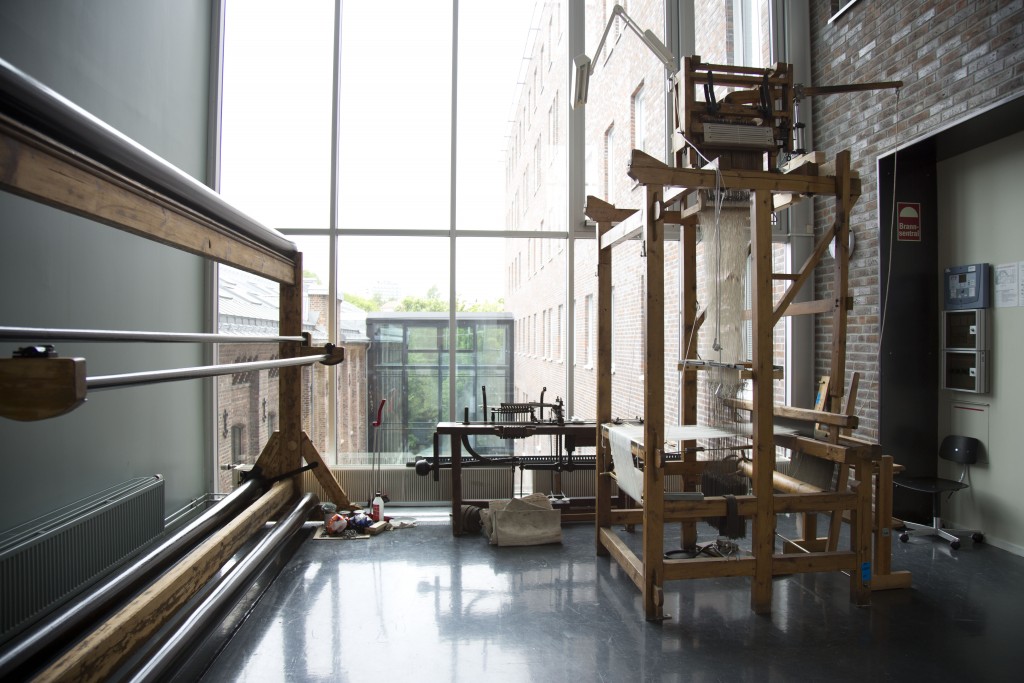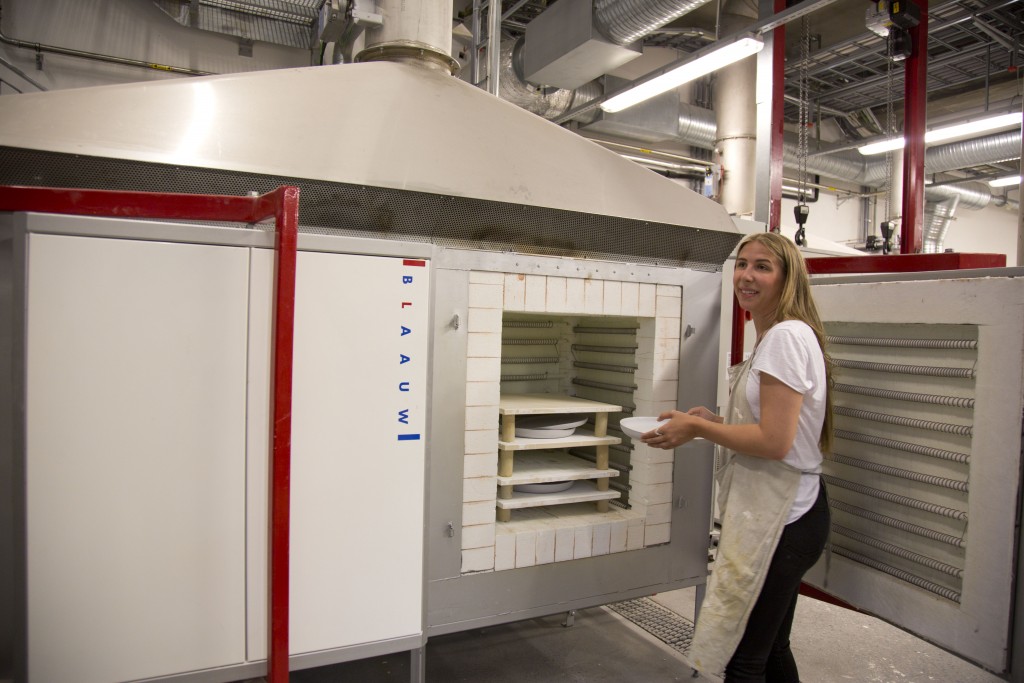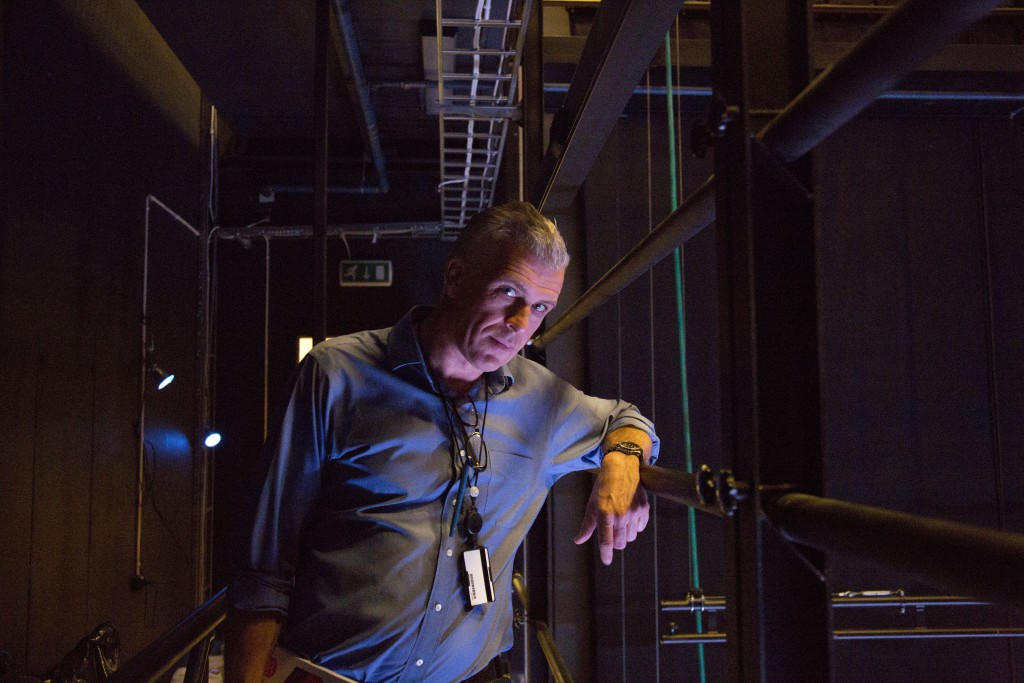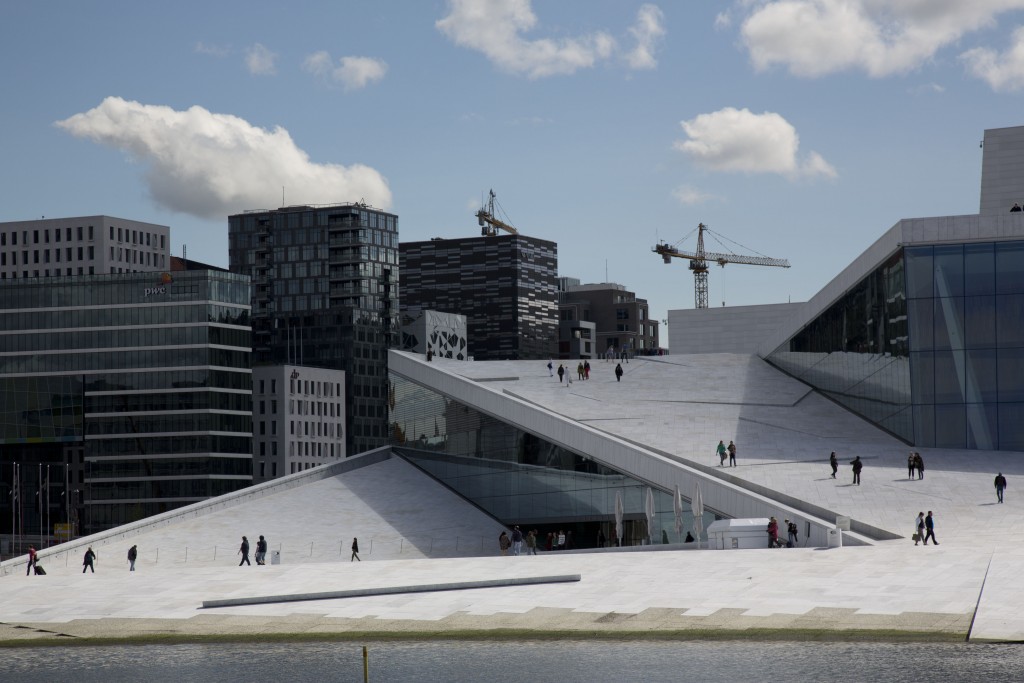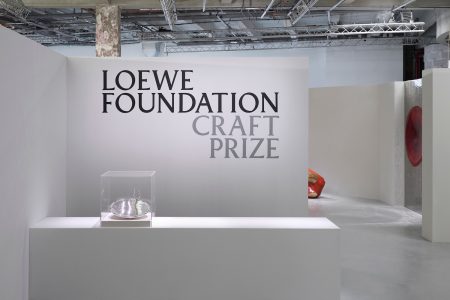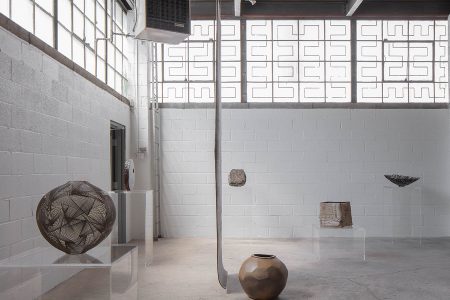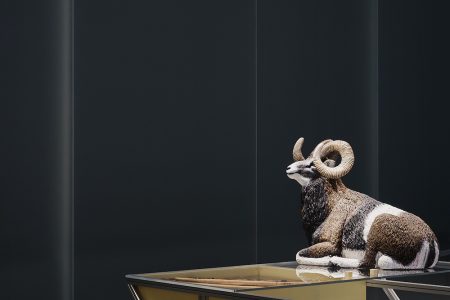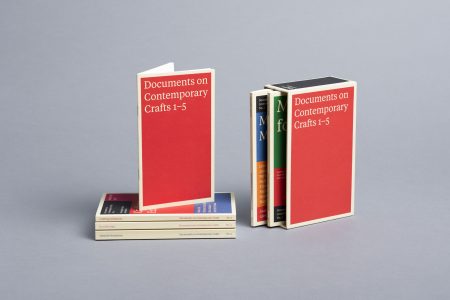Oslo National Academy of the Arts: Inside the Visual Arts faculty
Located at Grünerløkka, right next to Oslo’s main river the Akerselva, the 1856-built Christiania Seildugsfabrik was previously a sail-making factory. But since 2009, the building has experience renewed life as the home of the Oslo National Academy of the Arts. TLmag met with Jørn Mortensen, Dean of the Visual Arts faculty.
TLmag: Does your background as an academic in philosophy and media influence how you manage the Visual Arts faculty at the Oslo National Academy of the Arts?
Jørn Mortensen: Yes, I do think my background as an academic, as well as my experience working in art institutions, plays a part. My academic background gives me a somewhat theoretical and academic approach to the art professions. I find ways of justifying the practices through language, and not necessarily through experience. Therefore a concept like ‘tacit knowledge’ is something I challenge. But this does not mean that I don’t appreciate artistic experiences. The artistic and aesthetic experiences are what brought me into art.
TLmag: Since 2009, the Oslo School of Art has been an academic institution with six faculties. What is the objective of this approach?
J.M.: This is not meant to be an academic institution, but rather an artistic institution. It is very important that the school remains an institution for aesthetic – not academic – practices. Therefore, the division into six departments was merely an attempt to ensure the individual identities of the six former institutions: the Fine Art Academy, the Arts and Crafts Academy, the Opera Academy, the Dance Academy, the School of Design and the School of Acting.
TLmag: In your new programme and educational guidance, is there a quest for excellence? In what sense?
J.M.: There is a quest for excellence in the sense that we only accept applicants with a certain uniqueness in style or content. We try to develop that uniqueness throughout the BA and MA programmes so that each student inhabits a unique ‘voice’ to use as a platform for his or her artistic career.
TLmag: You define your school as material-based versus the more conceptual-driven schools in Norway. What are the advantages and vision behind this?
J.M.: I would say that the advantage lies in the opportunity to specialise. Students who want to pursue an artistic practice based on investigation into the logic and politics of materials, should choose our programme. So our vision is to eventually stand out as the obvious choice for students and teachers with a material-based artistic profile. The advantage is also that we secure a certain diversity in the educational programme in Norway, Scandinavia and Europe.
TLmag: Is the interdisciplinary approach central to your education programme?
J.M.: Yes it is. It is a principle inherited from the Bauhaus pedagogy which interests us, but we also believe it enriches the students’ programme.
TLmag: Within the Nordic context, how would you rate the position and success of the Oslo School of Art?
J.M.: It is difficult for me to say, but I know our reputation is growing as a consequence of the increasing confidence of the programmes. And we seem to have overcome the challenges of merging the previous institutions.
TLmag: You curated the integration of art within and outside the Opera House. This is also a great ‘place to be’ in Oslo! What works of art did you like the most within the process of creating an iconic building and public space for everyone?
J.M.: I think one work that is easily overlooked but that should be highlighted is the marble surface covering the building. This sublime piece by Kristian Blystad, Jorunn Sannes and Kalle Grude is hardly noticed. It is totally integrated in the building but offers something very special: the need to be attentive to where you place your foot. Otherwise you may stumble and fall on a surface that looks gentle enough but that will hurt you. The surface pattern is also totally irregular, with no repetitions. The fact that everyone is welcome to walk on, experience and investigate this giant marble piece gives it an inclusiveness and generosity that is highly appreciated by both locals and visitors.
